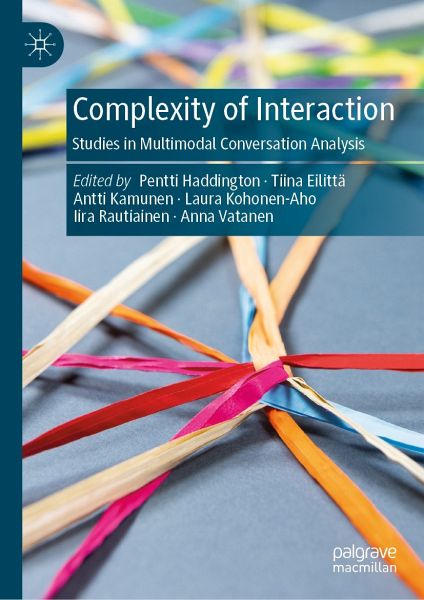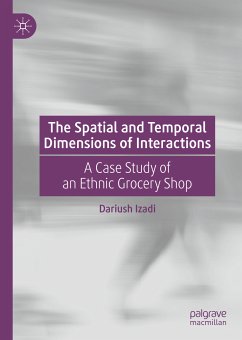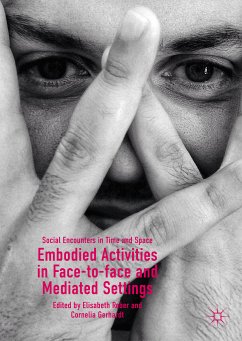
Complexity of Interaction (eBook, PDF)
Studies in Multimodal Conversation Analysis
Redaktion: Haddington, Pentti; Vatanen, Anna; Rautiainen, Iira; Kohonen-Aho, Laura; Kamunen, Antti; Eilittä, Tiina
Versandkostenfrei!
Sofort per Download lieferbar
120,95 €
inkl. MwSt.
Weitere Ausgaben:

PAYBACK Punkte
60 °P sammeln!
Everyday social life is deeply tied to the ways in which people talk, interact, and engage in joint activities with each other. This book examines language use and social interaction through the lens of complexity, focusing on how participants establish and maintain shared understanding in multi-layered situations and settings. This book will find readership among students and scholars who use video-based methods and are interested in interaction, intersubjectivity and multimodality.
Dieser Download kann aus rechtlichen Gründen nur mit Rechnungsadresse in A, B, BG, CY, CZ, D, DK, EW, E, FIN, F, GR, HR, H, IRL, I, LT, L, LR, M, NL, PL, P, R, S, SLO, SK ausgeliefert werden.












